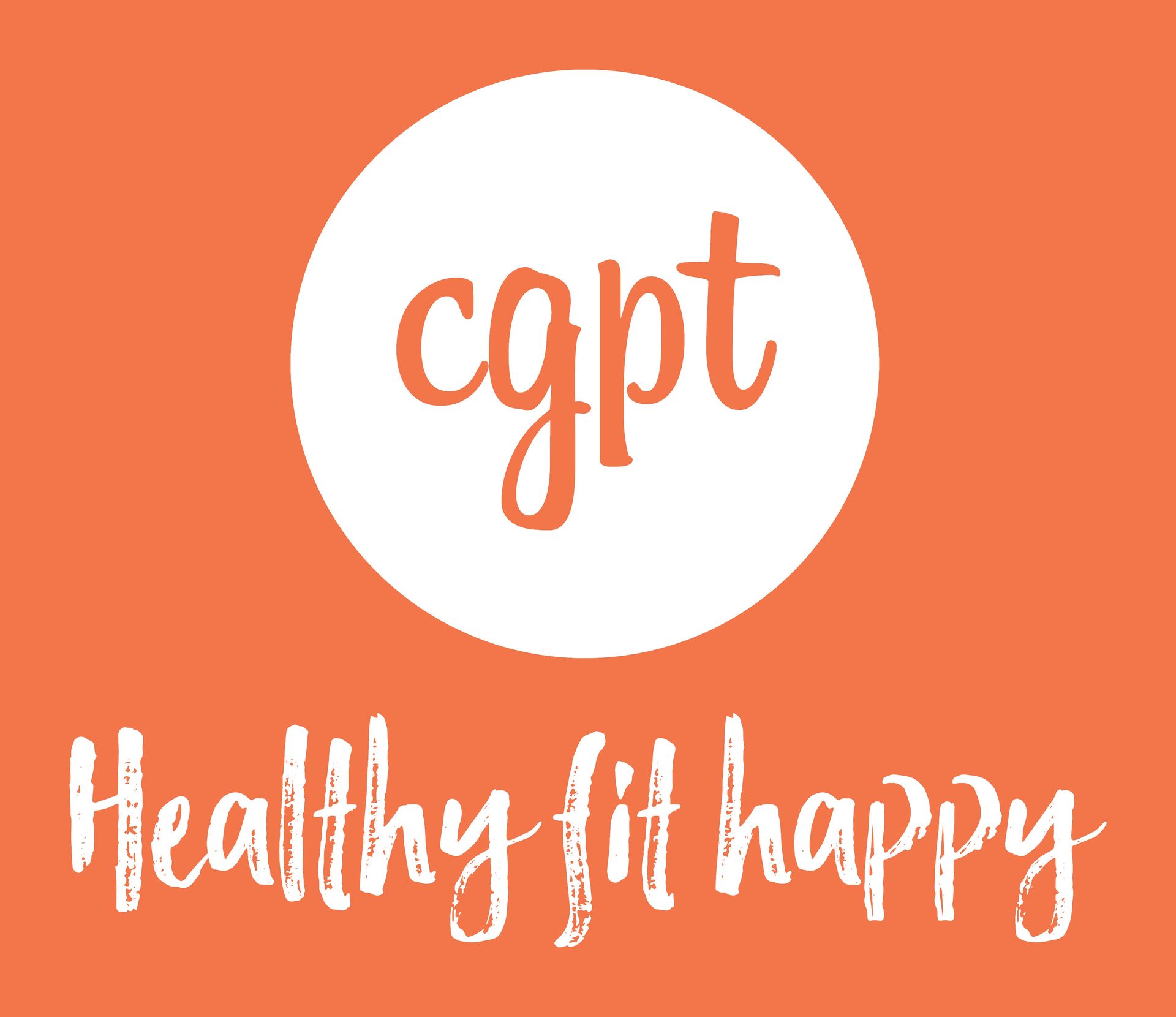Strength Training for Runners: Build Power, Prevent Injury and Run Further
Strength Training for Runners: Build Power, Prevent Injury and Run Further
If you’re a runner - whether you’re chasing your next 5k PB, ticking off your first half marathon, or simply enjoying weekend loops around the Yarra - chances are you think more about kilometres and pace than you do about barbells and dumbbells.
But here’s the truth: the right kind of strength training is a game-changer for runners of all levels. At CGPT in Hawthorn, we work with many runners who first came to us for injury rehab or performance plateaus. What they all discovered? A targeted strength program didn’t just get them back on track - it helped them become stronger, more resilient, and faster than ever.
Here’s why it matters, how it works, and how our expert team at CGPT can build a plan that fits your running goals.
Why runners can’t afford to skip strength training
1. Strength training improves running economy and endurance
Running economy refers to how efficiently your body uses oxygen at a given pace. The better your running economy, the less effort you need to maintain speed - leaving more in the tank for that final kick.
A 2017 meta-analysis published in Sports Medicine found that strength training significantly improves running economy in both recreational and elite runners, without adding unwanted mass (Balsalobre-Fernández et al., 2016). Heavy resistance work enhances neuromuscular coordination and power, meaning every stride becomes more efficient.
2. It helps prevent the most common running injuries
Most running injuries - like shin splints, runner’s knee, plantar fasciitis, or ITB syndrome - stem from muscular imbalances, weaknesses, or poor movement mechanics.
Research published in the British Journal of Sports Medicine shows that runners who incorporate resistance training reduce overuse injury rates by up to 50% (Lauersen et al., 2014). By building stronger hips, glutes, hamstrings, calves and core, you’re protecting your joints and soft tissues from the repetitive impact of running.
3. It makes you faster and more powerful
Want to sprint up Anderson Street hill without burning out? That’s where strength work shines.
A study in the Journal of Strength and Conditioning Research showed that runners who added plyometrics and explosive lifts to their routine improved their time trial performance by enhancing stride length and ground contact force (Paavolainen et al., 1999). Stronger legs mean more force into the ground which translates directly to better speed.
How strength training looks at CGPT for runners
At CGPT, we tailor every strength program to your needs. That means assessing your running volume, gait patterns, any current or previous injuries, and your specific goals (like running a faster 10k vs simply enjoying injury-free Sunday long runs).
Here’s how we might break down a typical block for a runner:
· Lower body compound lifts
Think deadlifts, squats, lunges and Romanian deadlifts - all carefully progressed to build power through your posterior chain, stabilise your knees, and bulletproof your hamstrings.
· Single-leg stability work
Runners spend most of their time on one leg. Exercises like Bulgarian split squats, single-leg RDLs and step-ups improve balance, proprioception and correct asymmetries.
· Hip and glute strength
Weak hips are a huge contributor to ITB and knee issues. We load up hip thrusts, banded walks, and cable abductions to keep you aligned and strong.
· Core and rotational control
A strong core means less energy leakage with each stride. Planks, Pallof presses and anti-rotation drills help maintain posture and efficiency.
· Low-impact plyometrics
If appropriate, we introduce hops, bounds, and med ball throws to build power and prep your tissues for running’s repetitive impact.
“I came for my knee - I stayed for the PBs.”
One of our clients, Sarah, originally signed up at CGPT after battling recurrent knee pain during half marathon training. Her program combined hip and quad strengthening with single-leg control drills. Within weeks her pain reduced, and by the end of her training block she smashed her previous race time by over 5 minutes.
It’s stories like this that show strength work isn’t just a rehab tool - it’s a performance multiplier.
How Strength Training Supports Run Clubs and Group Running
If you’re already part of a run club in Melbourne - maybe a local Hawthorn group that meets on Riversdale Road, does laps around Fritsch Holzer Park, or finishes up with coffee on Auburn Road - you probably know how motivating and social running can be.
But what many run club regulars overlook is how a targeted strength program can make these group runs even more enjoyable, safer, and more effective.
Why runners in run clubs need strength work too
Joining a run club in Hawthorn (or anywhere in Melbourne) is fantastic for accountability and camaraderie. But most run clubs focus purely on running volume and pace. They typically don’t include resistance training, mobility drills, or targeted injury prevention - which means small weaknesses can build up over time.
That’s where CGPT comes in. Our programs are designed to complement your run club schedule, whether you’re doing tempo runs with Richmond Run Club, Saturday long runs with the Nike Run Club Melbourne crew, or casual midweek sessions with mates along the Yarra Trail.
Strength work keeps you on the road - and off the physio table
According to a review in the Journal of Orthopaedic & Sports Physical Therapy, over 50% of recreational runners will experience an injury each year, often due to muscle imbalances and repetitive strain (van Gent et al., 2007). By strengthening your hips, core and lower legs with a structured plan, you dramatically cut your risk — so you don’t have to take forced breaks from your favourite run group.
How we tailor programs for run club members
At CGPT, we build your program around your run club commitments. That might mean:
· Focusing on full-body stability the day before your long run, so your legs stay fresh
· Doing light strength and mobility work on tempo days to keep you moving well
· Using resistance bands, hip work and core drills that support stride integrity without fatiguing you for your group sessions
Our clients find that with just 1–2 targeted strength sessions a week, they stay injury-free, recover faster, and get even more out of their social running.
Why CGPT is the best place for runners to get strong
Unlike big commercial gyms, CGPT is a private training facility. There’s no intimidation, no busy gym floor, and no fighting for racks or dumbbells. Every session is overseen by our team of highly qualified trainers, each with their own speciality:
· Andrea is exceptional at building smart, balanced programs for clients returning from injury or managing chronic issues — perfect for cautious runners.
· Tim thrives on detail, helping you fine-tune technique on every lift so it directly translates to more efficient running.
· Laurence combines rigorous technique with challenging progressions - ideal for runners who want to push power.
· James makes sessions fun and motivating, excellent for runners who need that extra encouragement to keep consistent.
· Sophie uses creative, adaptable programming that works beautifully for clients new to strength training.
· Jon brings a supportive style that helps you build confidence in movements you never thought you’d try.
· Mia adds athletic, hybrid touches - perfect for recreational runners who love mixing it up.
· Adam shines in teaching foundational strength lifts, the bread and butter for resilient running mechanics.
How often should runners strength train?
A big myth we often hear: “I don’t want to lift weights because it’ll make me bulky or slow me down.”
But the science says otherwise. Studies from The Scandinavian Journal of Medicine & Science in Sports indicate two full-body strength sessions per week is the sweet spot for runners — enough to build power without interfering with mileage (Storen et al., 2008).
Most of our running clients see fantastic results on two sessions, often moving to three during off-season blocks to build more base strength.
Ready to go beyond the pavement?
If you’ve been stuck with niggles, chasing the same pace, or simply want to feel stronger and run further, it might be time to step into the weights area.
At CGPT in Hawthorn, we’ll guide you through every step, making sure your plan is not only effective but sustainable so you keep enjoying those runs for years to come.
Want to chat about your running goals? Reach out for a no-pressure consultation and let’s see how we can help.
Bibliography
Balsalobre-Fernández, C., Santos-Concejero, J. & Grivas, G.V., 2016. Effects of strength training on running economy in highly trained runners: A systematic review with meta-analysis of controlled trials. Sports Medicine, 46(8), pp.1119–1143. Available from: https://doi.org/10.1007/s40279-016-0497-3
Lauersen, J.B., Bertelsen, D.M. & Andersen, L.B., 2014. The effectiveness of exercise interventions to prevent sports injuries: a systematic review and meta-analysis of randomised controlled trials. British Journal of Sports Medicine, 48(11), pp.871–877. Available from: https://bjsm.bmj.com/content/48/11/871
Paavolainen, L., Häkkinen, K., Hämäläinen, I., Nummela, A. & Rusko, H., 1999. Explosive-strength training improves 5-km running time by improving running economy and muscle power. Journal of Applied Physiology, 86(5), pp.1527–1533. Available from: https://journals.physiology.org/doi/full/10.1152/jappl.1999.86.5.1527
Storen, O., Helgerud, J., Stoa, E.M. & Hoff, J., 2008. Maximal strength training improves running economy in distance runners. Scandinavian Journal of Medicine & Science in Sports, 18(3), pp.327–333. Available from: https://onlinelibrary.wiley.com/doi/full/10.1111/j.1600-0838.2007.00685.x
van Gent, R.N., Siem, D., van Middelkoop, M., van Os, A.G., Bierma-Zeinstra, S.M. & Koes, B.W., 2007. Incidence and determinants of lower extremity running injuries in long distance runners: a systematic review. British Journal of Sports Medicine, 41(8), pp.469–480. Available from: https://bjsm.bmj.com/content/41/8/469




